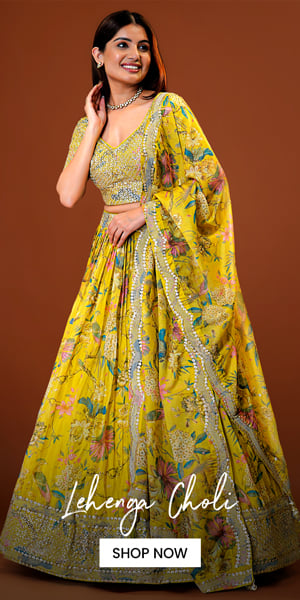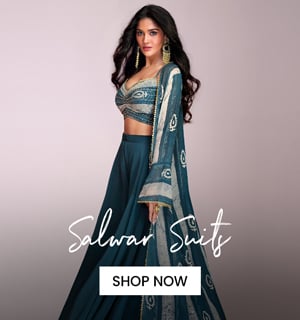We all love celebrations, don’t we? If you are a part of the Indian culture or connect to it in any way, the season of festivities spans the entire calendar. From the harvest festivals commencing at the beginning of the English year to the globally known Christmas, the months from January to December carry a schedule of over a dozen major festivals.
Harvest seasons are indeed occasions worth celebrating, especially for an agricultural economy. Thus, the winter harvest season, which falls around the middle of January, witnesses a zeal from every community. A myriad of regional festivals across the different regions of India takes over, with a vibe full of hopes and delight.
Astrologically, the Sun moves into the Makara / Capricorn zone, and these days mark an end to the winter chill and the onset of summery days. This yearly phenomenon takes different names and rituals in the form of Makar Sankranti, Lohri, Pongal, Vishu, and Bihu across India, as an occasion to rejoice for Indians across the globe.
Let us know more about diverse rituals and dress codes for different versions of the winter harvest fiesta –
Traditional Sarees for Harvest Festivals
Pongal

This word means ‘spilling over’- because this occasion involves the ritual of boiling rice in a pot till it starts overflowing. Pongal – is one of the most important festivals for the southern states of India, especially Tamil Nadu. The festivities span over four days and rightfully involve heavy feasting and socializing. While indicating a good harvest and the beginning of better days ahead, the auspicious time calls for being decked up in new festive wear.

Silk sarees are undoubtedly a staple for women across the Southern states. The towns and villages in Tamil Nadu are home to some of the finest silk weaving handlooms in the world. Kanchipuram silk sarees in bright colors and indulgent with rich golden zari designs are the prime festive attire – especially for the elite.
The sartorial choices are thus primely rich Kanjeevaram saris for the ladies, while girls prefer half sarees or pavadais made with Kanchi weaves. Women also indulge in heavy traditional gold jewelry and use real flowers for adorning their hair.
Many people end up spending a hefty amount on festival preparations and outfits. However, if you don’t wish to indulge in a high-end real Kanchipuram, you settle for an art silk saree – or even a Kanchi cotton saree – perfectly dressy and budgeted versions for long days of festivities.
Lohri

As enthusiastic as the south Indians, the North Indians have their way of ending the harvest season of their winter crop. Lohri, which falls on the 13th of January, is fondly celebrated by Sikhs and Punjabis across the globe. Devotees offer their prayers by going round a bonfire, followed by Bhangra and Giddha performances on energetic Punjabi beats!

Traditionally, the attire for Lohri comprises salwar kameez, palazzo suits, and new-age lehenga suits. But sarees are meant for all occasions, so you can conveniently turn up for a Lohri celebration wearing one, especially if you are a new bride or are attending the gala Lohri celebrations kept by a family with a new bride or new-born baby. Since the festive ritual involves going around the fire, it would be better to stick to fabrics that will keep you cool as well as safe. Pure silk sarees are somewhat flame-resistant, and so are cotton-silk blends. If you are going to a simple function, choose a Chanderi cotton silk saree, while for a grand celebration – pure Mysore silk is your best bet. You can also go for traditional handloom weaves like Patola and Pochampally for these evenings. Now that will be like South Indian art meeting the North Indian vibrancy!

Blending with the typical North Indian culture, you can sport a luxurious Banarasi silk saree with brocade weave. Metallic shimmer and glistening weaves are an inherent part of this culture, so this is indeed the time to look your glorious best.
Bihu
The eastern region of India is home to a uniquely beautiful ethnicity. Bhogal Bihu- which begins on the 15th of January and lasts for three days, is the feasting time for people in Assam and neighboring states.
It marks an end to weeks of fieldwork, winding up the last processes of harvest. While bonfires are an integral part of the cultural rituals, buffalo-fights, folk music with Dhol beats, and folk dance performances make the occasion more colorful, with, of course, socializing and feasting that are imperatives for every Indian festival.

Mekhala and Chador- is the traditional Assamese attire for women; that resembles a saree. Mekhala is a straight-cut skirt-like garment, and Chador is a drape for the upper body. The cotton and silk ensemble is also the traditional costume for folk dance performances. Sometimes, the traditional outfit may also closely resemble a half-and-half saree.

One can pick a cream, beige, or soft golden saree with woven ethnic designs in red, maroon, or orange tones during these days. You can also add a trendy touch to your festive attire with a light or pastel art silk saree or stick to traditional handloom-woven Muga silk sarees– which are indigenous to the state of Assam.
The Kite-Flying Festival/ Uttaryan
In several states like Gujarat, Maharashtra, and Rajasthan- Makar Sankranti is also known as the kite-flying festival, which officially falls on the 14th of January. People enthusiastically engage in kite-fights, while the kite-filled sky turns into a sight to behold!

Most kite-flying enthusiasts tend to wear kurtas, Kurti-palazzo, and western attire these days – to match steps with the busy vibe of the day. However, lighter sarees in georgettes and chiffons are a good idea too, especially if you are visiting friends or family.

With such colorful versions across the country, the winter harvest festival corroborates the diverse richness of the Indian culture. No matter which part of the country you’re in, you can celebrate the winter harvest festival wearing a traditional Indian sari. Modest and modish to its core, a saree is undoubtedly congruous with every occasion.
However, choose an outfit that syncs with your comfort and confidence. Whether it is a heavy saree or a simple plain Kurti set, the rule is that- you look your best when you feel good about yourself.



